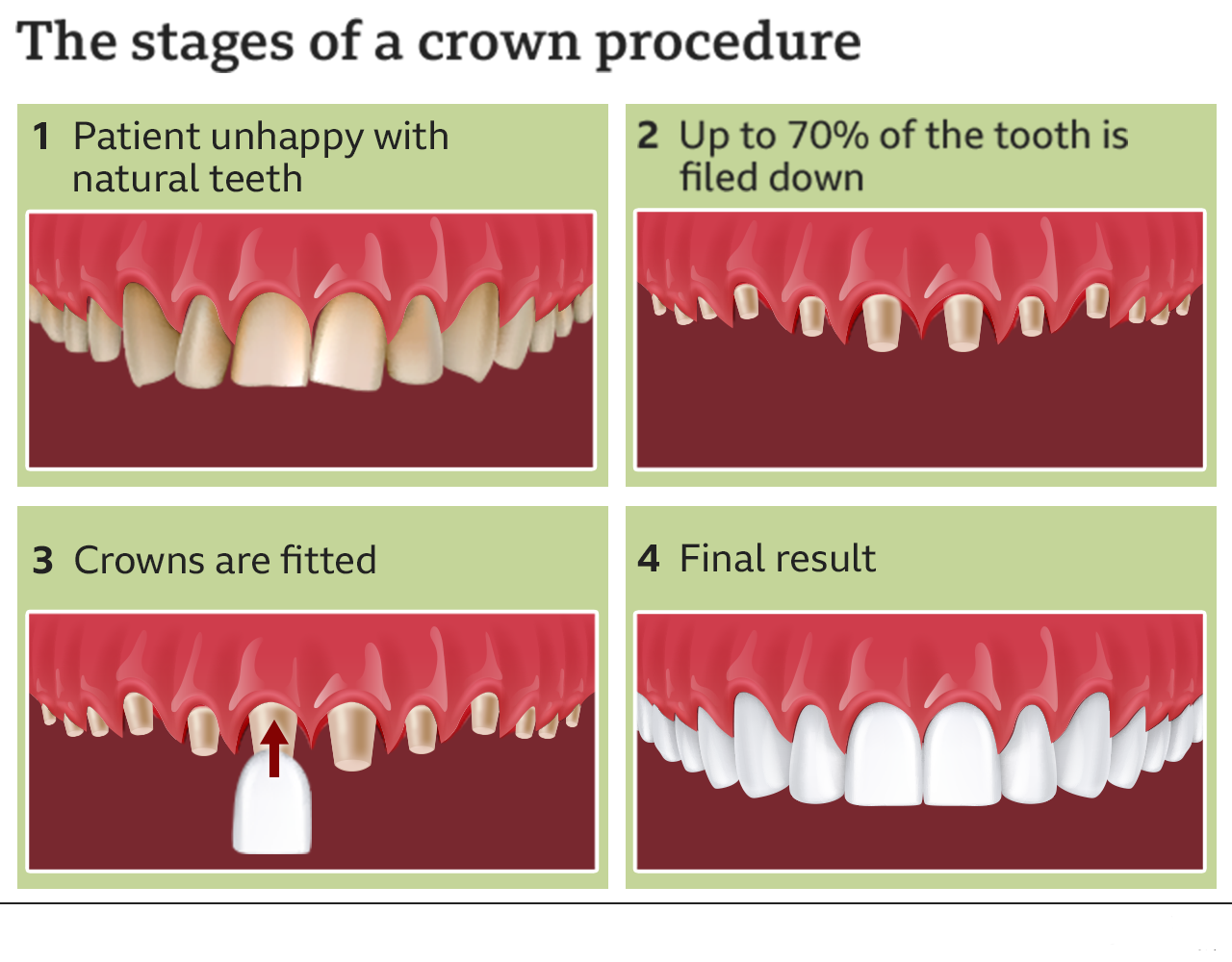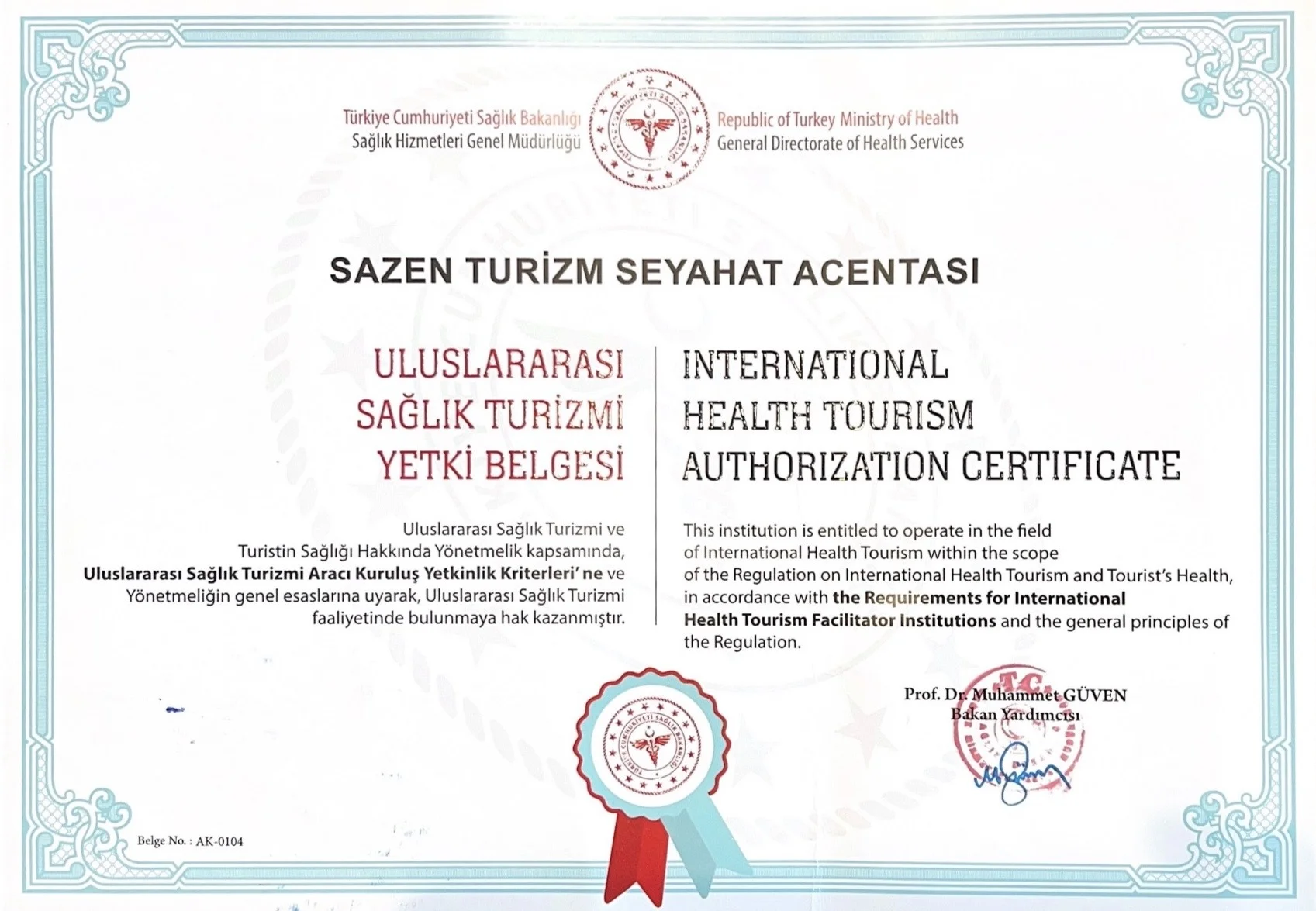The pursuit of an ideal smile often leads individuals to consider various cosmetic dental interventions. Among these, veneers stand out as a highly effective solution for addressing aesthetic concerns such as discoloration, chipping, or minor misalignments. However, a common misconception and area of concern for many patients revolves around the necessity of tooth preparation, specifically the extent of “shaved teeth for veneers.” This initial stage of treatment is critical, dictating both the longevity and natural appearance of the final restoration. Understanding the precise rationale and varying degrees of tooth reduction involved is paramount for anyone considering this transformative procedure. This discussion will clarify the clinical considerations behind tooth preparation for veneers, offering a foundational understanding of the process without delving into the intricacies of specific techniques or patient outcomes at this juncture.
Table of Contents
The Truth About Teeth Shaving for Veneers: Is It Always Necessary?
The veneer preparation process involves careful evaluation of each patient’s dental structure and aesthetic goals. During consultation, dentists assess tooth alignment, enamel thickness, and desired outcomes to determine the appropriate treatment approach. The extent of tooth preparation varies significantly based on veneer type and individual circumstances.
Different veneer materials require varying degrees of enamel removal. Understanding these distinctions helps patients make informed decisions about their cosmetic dental treatment:
- Traditional porcelain veneers: Require 0.5-0.7mm enamel removal from the tooth surface
- Ultra-thin porcelain veneers: Need minimal preparation, typically 0.3-0.5mm reduction
- Composite veneers: Often require less tooth structure removal than porcelain alternatives
- Lumineers: Demand minimal to no tooth preparation in suitable cases
The decision to shave teeth before veneers depends on several clinical factors. Dentists evaluate existing tooth position, size discrepancies, and structural integrity before determining preparation requirements. Teeth filing before veneers ensures proper veneer thickness without creating bulky appearance.
When patients require pre veneer teeth shaving, the appointment follows a systematic approach. Each step ensures patient comfort whilst achieving optimal results:
- Local anaesthesia administration to eliminate discomfort during the procedure
- Digital impressions taken to create precise veneer models
- Controlled enamel reduction using specialised dental instruments
- Surface texturing to enhance veneer bonding strength
- Temporary veneer placement to protect prepared teeth
- Final impression verification ensuring accurate veneer fabrication
The filing teeth for veneers process requires exceptional precision. Dental professionals use calibrated instruments to remove predetermined amounts of enamel. This meticulous approach prevents over-reduction whilst creating adequate space for veneer placement.
Many patients express concern about getting teeth shaved for veneers and potential permanent damage. These concerns address fundamental questions about veneer procedures:
- Irreversibility: Enamel removal creates permanent changes requiring lifelong veneer maintenance
- Sensitivity factors: Properly executed preparation minimises post-treatment sensitivity
- Structural integrity: Conservative reduction preserves tooth strength and vitality
- Alternative options: Some cases accommodate minimal-prep approaches
The amount of tooth structure removed during veneer shave down procedures depends on individual circumstances. Dentists evaluate existing tooth colour, shape irregularities, and alignment issues. Severe discolouration or significant spacing problems require more extensive preparation than minor aesthetic adjustments.
Patients frequently ask whether teeth need to be shaved for veneers in every case. The answer depends on treatment objectives and existing dental conditions. Minor spacing corrections or colour improvements sometimes require minimal preparation, whilst major shape modifications demand more extensive tooth reduction.
The veneers process shaving phase represents the most critical aspect of treatment planning. Experienced practitioners balance aesthetic requirements with conservative tooth preparation principles. This approach preserves maximum tooth structure whilst achieving desired cosmetic improvements.
Professional assessment determines when extensive preparation becomes necessary. Factors including tooth rotation, severe crowding, or significant size discrepancies influence preparation requirements. Dentists utilise advanced imaging technology to plan precise reduction amounts before beginning treatment.
Post-preparation care ensures optimal healing and temporary veneer stability. Patients receive specific instructions regarding dietary restrictions and oral hygiene modifications. Proper interim care prevents complications and maintains prepared tooth integrity until permanent veneer placement.
The success of shaved teeth for veneers depends heavily on meticulous technique and appropriate case selection. Qualified cosmetic dentists possess the expertise to determine optimal preparation levels for each unique situation, ensuring long-lasting results whilst preserving dental health. By understanding the role of Composite Veneers Longevity Comparison, dentists can better tailor the treatment to individual needs, ensuring a balance between aesthetics and function. This attentiveness to detail helps maintain oral health and enhances patient satisfaction over the long term.
No-Prep Veneers: Transform Your Smile Without Tooth Reduction
No-prep veneers represent a revolutionary approach to cosmetic dentistry where patients can achieve stunning smile transformations without the traditional requirement of tooth reduction. These innovative dental solutions preserve your natural tooth structure while delivering exceptional aesthetic results. Veneers without shaving teeth have gained significant popularity among patients seeking conservative treatment options that maintain dental integrity.
Types of No-Prep Veneer Options
Several veneer alternatives eliminate or minimize the need for tooth preparation:
- Composite veneers no shaving – Applied directly to tooth surfaces using advanced bonding techniques
- Ultra-thin porcelain veneers – Manufactured at 0.3mm thickness or less to fit over existing teeth
- Lumineers – Specific brand of contact lens-thin porcelain veneers
- Prepless ceramic veneers – Custom-fabricated porcelain shells requiring zero tooth reduction
- Minimal shaving veneers – Preserve 95% of natural tooth structure through micro-preparation techniques
Traditional veneer placement typically removes 0.5-1.5mm of enamel, while no shave veneers maintain the complete tooth surface. Clinical studies demonstrate that veneers without filing teeth exhibit comparable longevity to conventional options when properly bonded.
Clinical Advantages of Preserving Tooth Structure
No shaving veneers offer substantial benefits over traditional preparation methods. Patients experience reduced sensitivity since nerve proximity remains unchanged. The reversible nature of these treatments provides long-term flexibility for future dental decisions. Veneers without teeth shaving eliminate the need for temporary restorations during the fabrication period.
Dental professionals report improved patient comfort during and after placement procedures. The absence of anaesthetic requirements makes treatment sessions more convenient. No shave down veneers maintain the natural strength characteristics of unaltered enamel structure.
Cost Analysis of No-Preparation Treatments
The following table compares various veneer options and their associated costs:
| Veneer Type | Average Cost (UK) | Tooth Reduction Required |
|---|---|---|
| Composite No-Prep | £200-400 per tooth | None |
| Ultra-thin Porcelain | £600-900 per tooth | 0-0.2mm |
| Traditional Porcelain | £500-800 per tooth | 0.5-1.5mm |
| Lumineers | £800-1200 per tooth | None |
Veneers without shaving teeth price varies significantly based on material selection and case complexity. Composite options provide the most economical entry point, while premium ceramic alternatives command higher fees. Insurance coverage typically excludes cosmetic procedures, making payment planning essential for comprehensive smile makeovers.
Treatment Candidacy and Limitations
Ideal candidates for veneers without shaving your teeth possess naturally well-aligned dental structures with minimal spacing irregularities. Patients with severe crowding, significant colour discrepancies, or substantial shape corrections may require alternative approaches. Dental professionals evaluate bite relationships, enamel thickness, and aesthetic expectations during comprehensive consultations.
Certain clinical situations benefit more from minimal shaving veneers rather than completely prep-free options. Teeth with existing restorations, pronounced protrusion, or severe discolouration may need selective preparation for optimal results. Modern digital planning tools allow precise prediction of final outcomes before treatment commencement.
Longevity and Maintenance Considerations
Clinical research indicates that properly placed no-prep veneers demonstrate 10-15 year average lifespans when maintained appropriately. Composite materials typically require replacement every 5-8 years, while porcelain alternatives often exceed 15-20 years of service. Regular dental examinations ensure early detection of any bonding deterioration or marginal changes.
Maintenance protocols mirror those of natural teeth, emphasizing proper oral hygiene and avoiding excessive force applications. Professional cleanings remove surface staining and maintain optimal gingival health around veneer margins.
International Veneer Procedures: Treatment Options in Turkey
Turkey has emerged as a leading destination for cosmetic dental procedures, offering comprehensive veneer treatments that include both traditional methods and innovative approaches. Turkish dental clinics provide porcelain veneers with various preparation techniques, accommodating patients seeking different levels of tooth preservation. The country’s advanced dental infrastructure supports multiple treatment modalities, from conventional veneers requiring minimal tooth preparation to more conservative options.
Modern dental practices in Turkey utilize precise measurement systems and digital planning technologies to minimize unnecessary tooth structure removal. Experienced practitioners assess each case individually, determining the optimal approach based on tooth condition, alignment requirements, and aesthetic goals. The availability of veneers without shaving teeth in Turkey has increased significantly, offering patients alternatives to traditional preparation methods.
The following comparison outlines veneer treatment options available in Turkish dental facilities, highlighting the relationship between preparation requirements and associated costs:
| Veneer Type | Preparation Method | Average Cost (USD) |
|---|---|---|
| Ultra-thin Porcelain | Minimal preparation | 350-500 |
| Traditional Porcelain | Standard preparation | 250-400 |
| Composite Veneers | Surface etching only | 150-250 |
| Laminate Veneers | Selective reduction | 300-450 |
Turkish dental professionals employ several preparation techniques based on clinical requirements and patient preferences:
- Surface conditioning protocols that preserve maximum tooth structure while ensuring proper veneer adhesion
- Selective enamel preparation targeting only areas requiring correction for optimal fit
- Digital impression systems eliminating traditional molding procedures and reducing treatment time
- Laser-assisted preparation providing precise control over tissue management and surface treatment
The turkey veneers teeth shaving approach varies significantly between different treatment centers, with many facilities adopting conservative preparation philosophies. Advanced ceramic materials now enable veneer placement with minimal tooth reduction, addressing concerns about preserving natural tooth structure. These developments have transformed traditional approaches to cosmetic dental treatment.
Clinical studies from Turkish dental institutions demonstrate successful long-term outcomes with various preparation techniques. The porcelain veneers teeth shaving process, when performed by qualified specialists, typically removes 0.3-0.7mm of enamel depending on the specific case requirements. This controlled reduction ensures proper veneer thickness while maintaining structural integrity.
Cost considerations for veneers without shaving teeth cost structures in Turkey reflect the technical complexity and materials involved. Premium ceramic systems command higher fees due to their advanced manufacturing requirements and specialized bonding protocols. However, these investments often result in superior aesthetic outcomes and enhanced durability.
Turkey’s reputation for veneer procedures stems from its combination of skilled practitioners, modern facilities, and competitive pricing structures. The integration of digital workflow systems has streamlined treatment planning and execution, reducing overall treatment duration while improving predictability. Turkish dental centers continue advancing their methodologies, incorporating international best practices with locally developed innovations to deliver comprehensive veneer solutions that meet diverse patient requirements and aesthetic expectations.




